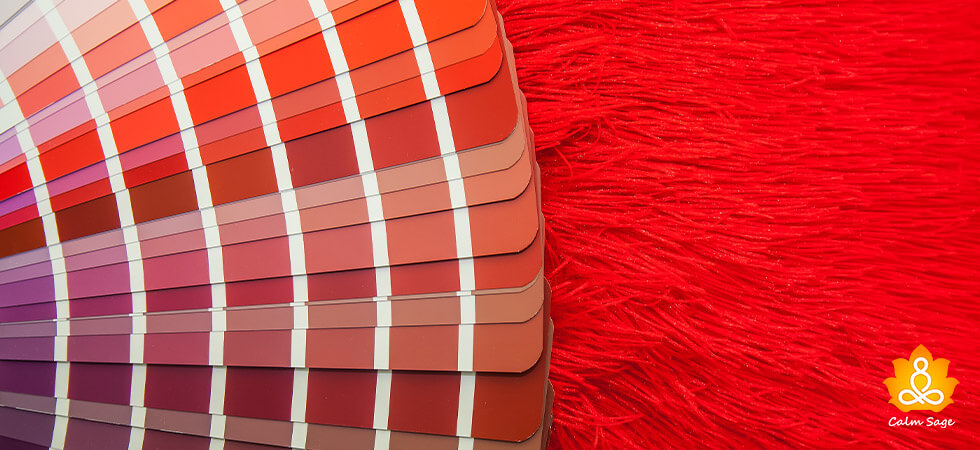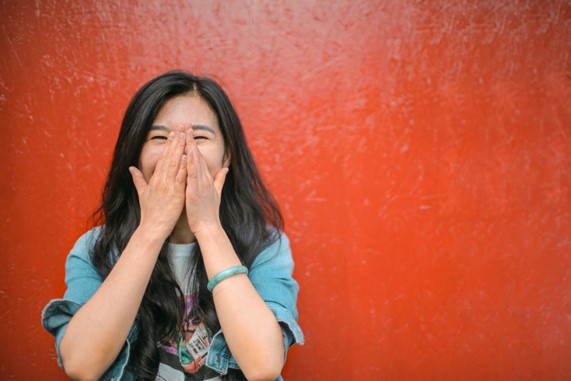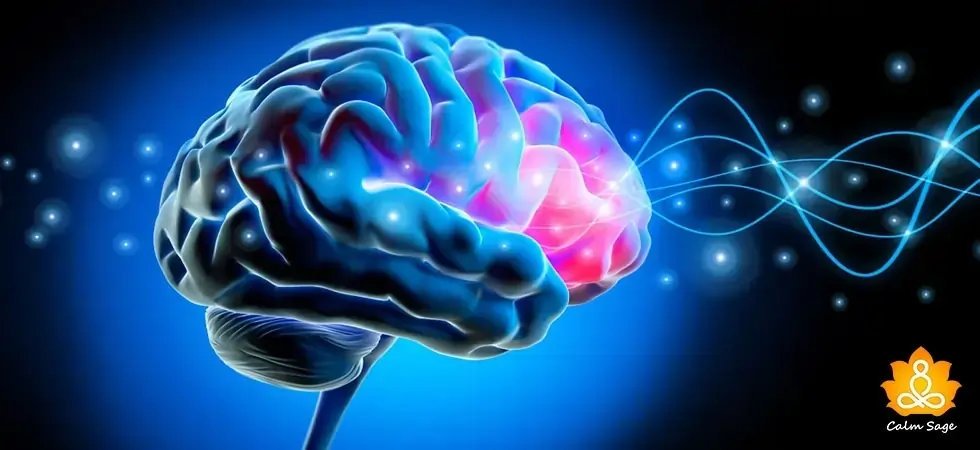The Passionate Red: What Does the Color Red Mean in Psychology?

“Color is the universal language that the soul speaks.” — Oscar Wilde
Colors add meaning to our lives, souls, and bonds. They represent more than just visually appealing messages; they carry a tapestry weaved with emotions, meaning, and sensations. One of the colors that represent more than just one meaning is the color red. Out of all the colors in the palette, red is my favorite color and I love using this color to express my emotions – both negative and positive.
Red, in so many ways, is often associated with strong and passionate feelings and emotions. From being the color of passion and love to danger and aggression, red represents almost all emotions and what’s between them.
But what lies beneath this fiery color? What positive and negative emotions are associated with the color red? What does the color red symbolize?
Let’s explore the psychology behind the color red and what this fiery hue represents in this blog.
List of Contents
The Psychology of the Color Red
Red is one of the primary colors and one of the most fascinating ones too. This one color represents a lot and has various associations. The color red is usually associated with intense feelings and emotions – positive and negative – and is known for its warm and bright hue. Here’s what the color red represents when it comes to psychology;

1. Red is For Passion
One of the things we can all agree on is that red represents passion. Red can be often used to represent love, and desire, and even symbolize romance. When you see the color red, the automatic assumption is related to love and passion. In one of the studies, it was found that men listed women dressed in red rather than blue as more sensually attractive.
2. Red Represents Energy
In another way, the color red can represent energy or feeling energized. This color is often associated with motivation and can make you feel more on alert which is why many advertisements and business logos use the color red to stand out.
Red, being the stimulating color that it is, is also studied to increase blood pressure, metabolism, and heart rate – all of these changes can increase your energy levels. This psychological reason is one of the many reasons why restaurants use this color on their menus and interiors.
3. Red for Love
When Valentine’s Day approaches, all you can see around is the color red. So, it’s natural to assume that red is the color that symbolizes love. When you see red, you think of affection, warmth, and love. Psychologically, the color red can communicate intense feelings of love and romance and can be used to represent one’s love through red roses, red ribbons, and even gifts wrapped in red.
4. Red Can Mean Anger
On the flip side, red is the color of anger. When you are upset or angry, the most common association with red is in, “turning red”. It’s a color that warns of aggression and negative emotions. When you get angry, your blood pressure increases which also paints you in literal red. Across world cultures, red is associated with anger and aggression just as commonly it is associated with affection and love.
5. Red is For Confidence Too
Red exudes confidence and that’s one of the reasons it is the preferred color for first dates, interviews, and important occasions. When you wear clothes with red color or use red in your surroundings, you feel self-assured, confident, and bold. If that’s not the best psychology hack, I don’t know what is!
It’s not only your moods that can be affected by the color red, but your behavior as well. It is believed that wearing red in competitive events can increase your chances of being successful. Did you know that in the 2004 Olympics, athletes in four different sports were assigned red clothes? In all the chosen games, athletes who wore red won more than athletes who wore blue.
6. Red Demands Attention
Red is the color of attention as well. You can’t ignore or skip red when it pops up. This is another reason why red is used as stop signs, traffic signals, and on fire trucks. Red demands and keeps your attention; a color that makes you stop and take notice. Many famous brand logos use the color red to demand attention as well such as Coca-Cola, McDonald’s, Netflix, YouTube, and more.
7. Red Equals Power
Red is also the color that exudes power. You must have noticed that many business leaders wear a red tie. And let’s not forget the famous “red carpet” that is rolled out for important events and highly important guests. Red is often associated with power and even wealth which is another reason why many cultures find red auspicious.
8. Red Can Excite You As Well
This color, out of all the other hues, is also synonymous with excitement. It brings out your sense of adventure and thrill. Red also symbolizes the competitive spirit and the desire to come out on the top. Red can stimulate positive emotions such as excitement but can also stimulate negative emotions such as fear and danger.
9. Red is to Warn
Talking about danger, red is the color of warning as well. It’s why you see red on emergency exits, cautionary labels, and even traffic signs. It’s a color that tells you to be careful. You might have also noticed that red is used as a warning related to danger in non-literal ways such as “red flags”. If we talk about another aspect of the color red, it’s the most visible color on the spectrum which makes it easier for everyone to grab attention.
10. Red Can be Overwhelming
While red can be a color that can make you take notice of things – in negative and positive ways – it can also become too overpowering and overwhelming. When used in excess, red can lead to feelings of anxiety, overstimulation, and restlessness. The intensity of the color can become too much to handle at times.
If you’re already overstimulated or overwhelmed, then the color red can heighten your anxiety, restlessness, and discomfort. This is one of the reasons why red is often used in balance with other colors such as red and blue. It’s to avoid red from becoming too overpowering.
Wrapping Up…
Red is a fascinating and meaningful color that can embody both negative and positive attributes. The psychological impact of the color red can depend on how it is used and in which context it is seen. Knowing what the color red represents psychologically can help you apply this color in your everyday life.
From passion and love to danger and aggression, red represents the good, the bad, and all in between. This multifaceted hue, with its positive and negative qualities, makes it an appealing and powerful color. Whether you love the color or find it distressing, there’s no denying that the color red can leave a lasting impression on your mind.
“Color is a power that directly influences the soul.” — Wassily Kandinsky
I hope this article helped you understand the psychology behind the color red and what it means. Let me know what you think about the color red and its qualities in the comments box below.
Take Care!




















